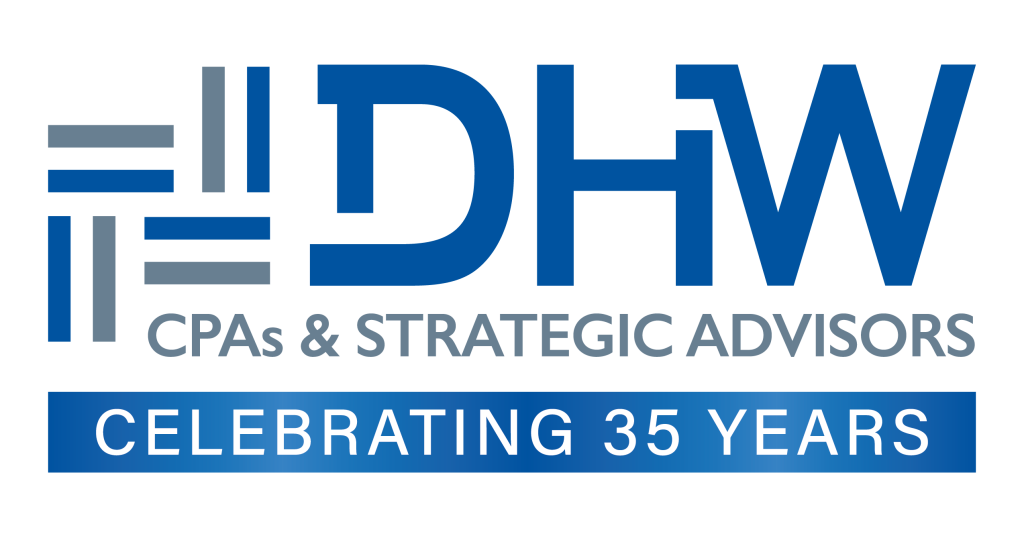The ongoing COVID-19 pandemic has exposed discrepancies and disruptions in global manufacturing and supply chains which have been complex and costly. The constraints on transportation and capacity, supply shortages, rising costs, and frustrated customers threaten to impede recovery and growth moving forward.
Many industry experts predict these challenges will continue to linger through 2022. Here are three commonly asked questions to help you navigate these turbulent times and optimize your supply chains.
1. Does a “China Plus One” strategy adequately diversify my supply chain?
The pandemic has made it clear to U.S. businesses and consumers that global supply chains were too heavily dependent on China. Although many businesses had shifted away from China’s dependency due to political and economic unrest, the pandemic shed a light on the need to find alternative sources of supply. Solely sourcing from vendors in one location has simply become too risky for businesses.
Building redundancy into your supply chain at different tiers and maintaining inventory levels have become guiding principles for manufacturers coming out of the pandemic. In addition, the “China plus one” strategy of supplementing parts of your supply chain with other countries to diversify sources has become another key takeaway.
Given the continued disruptions beyond the pandemic, we encourage our clients to engage with manufacturers and suppliers in the Americas to help ease supply chain disruptions. In addition, when researching the best approach that makes sense for your business to diversify your supply chain, you must consider cost, capacity, quality, control, and reputation. Regardless of your approach, the goal should be to improve supply chain resilience and flexibility so you can better manage the disruptions.
2. Does having a backup plan mean I’m prepared for future supply chain disruption?
Backup plans are great if they can be adjusted and implemented swiftly. However, the challenges and complexities that the COVID-19 pandemic has created, made current backup plans inadequate. Backup plans are necessary, but they’re generally based on known risks. As global supply chains grow more intertwined and the evolving realm of uncertainty expands, new risks and variables come into play. You can’t just plan for one contingency — you need to weigh the outcomes of multiple options across different scenarios, and if multiple challenges are presented at once.
Since it is nearly impossible to prepare for every contingency, multiple scenario planning needs to evolve to make detecting signs of disruption earlier and implement plans with greater agility when the unexpected occurs. We suggest reviewing your supply chain models to reflect current constraints and incorporate points of vulnerability, then conducting a scenario planning exercise with your team to address a specific problem or inform your next strategic move. You should also simulate multiple scenarios to pressure test the supply chain and anticipate issues to assess the best path forward when disruption hits. Scenario planning should become a regular practice for your business so you can quickly respond to unforeseen events when they arise.
3. Is raising prices the only way to offset increases in material and transportation costs?
Higher costs are an unfortunate tradeoff of higher material and transportation costs in the current manufacturing and distribution environment and are likely to continue through the remainder of the year. To reduce costs, companies are focusing on areas where they have strong control in their supply chains for cost containment.
Many businesses have begun to review parts of their supply chains where they can switch shipping methods or identify other inefficiencies to streamline processes and potentially reduce costs. Just because your business has always done something one way, doesn’t mean it is the most cost-effective or cannot be temporarily changed. It’s also a good time to revisit lean initiatives that you may have previously dismissed or deprioritized but, be cautious of prioritizing efficiency at the expense of resilience. Here are a few foundational measures of good supply chain hygiene that may help with costs:
• Shift from transportation spot rates to contract rates to stabilize pricing.
• Ensure you have contracts with alternate suppliers; don’t rely on a single source.
• Encourage your customers to optimize order volume for full truck or container loads through more rigorous enforcement of transactional service standards.
Following and incorporating these measures into your processes may not completely offset costs, but it could help manage them. Additionally, consider not passing costs onto all your customers, consider segmenting them (we like the 80-20 method), and developing pricing strategies based on level of priority. Although you may not want to increase prices for your most valuable customers, there may be little downside to increasing rates for your lowest-priority customers.
As we continue to experience ongoing supply chain disruptions and seek to find more efficient supply chain best practices, our team is readily available to assist your business with evaluating your processes to identify areas of improvement to create more streamlined and affordable solutions. For more information on how DHW can help your business, please contact Tim Reynolds at tim@dhw.net or at 828.322.2070.

